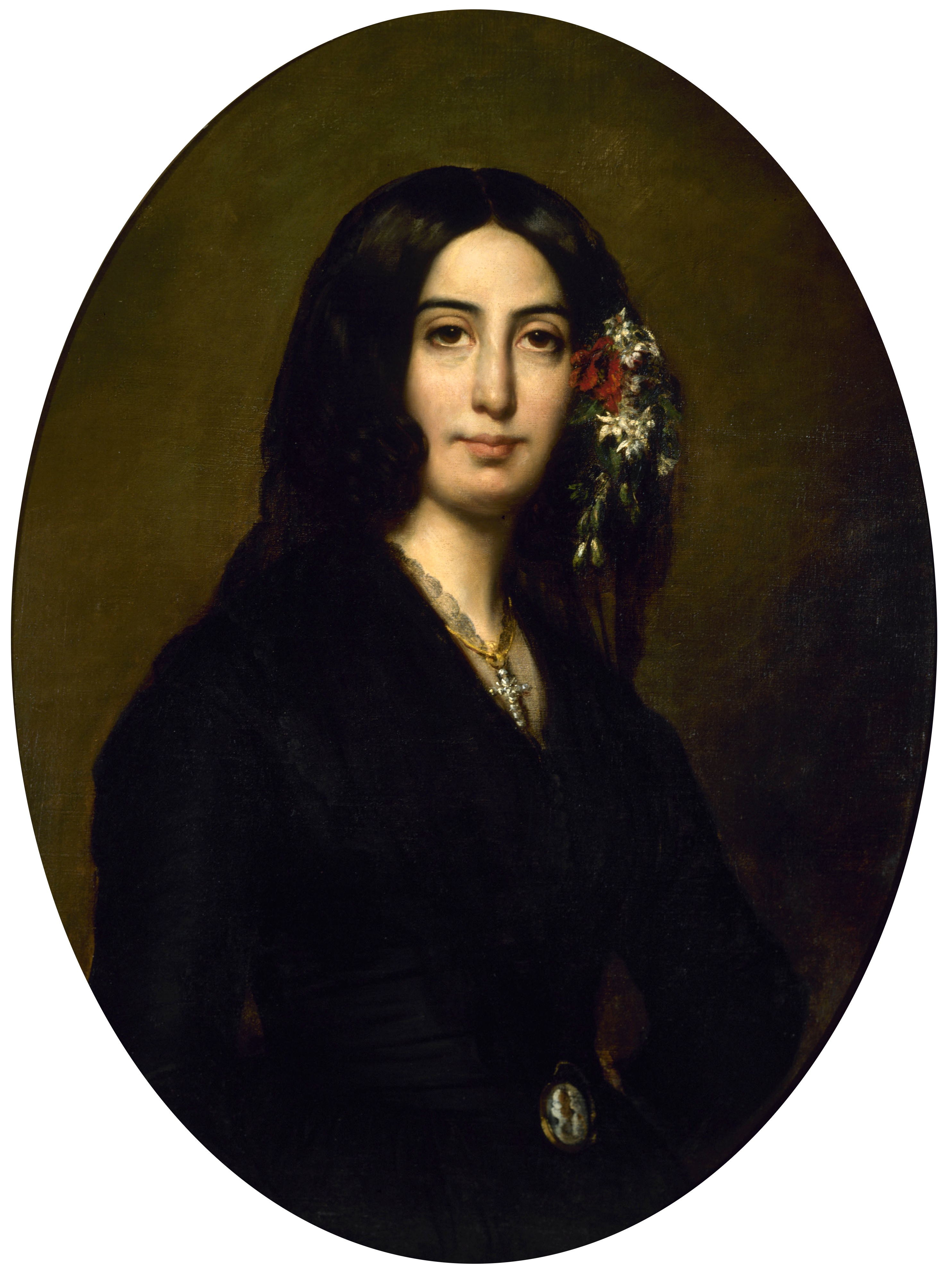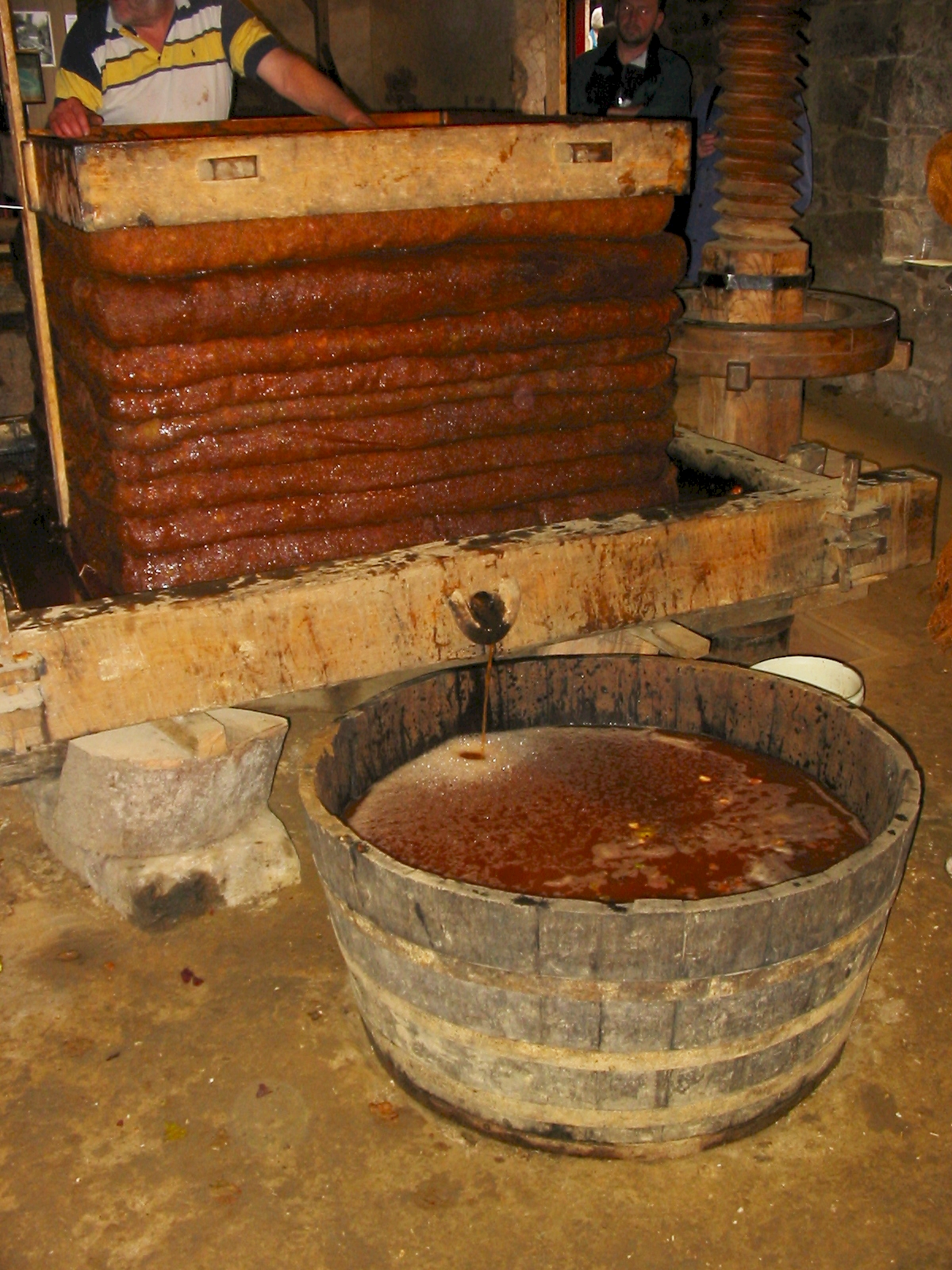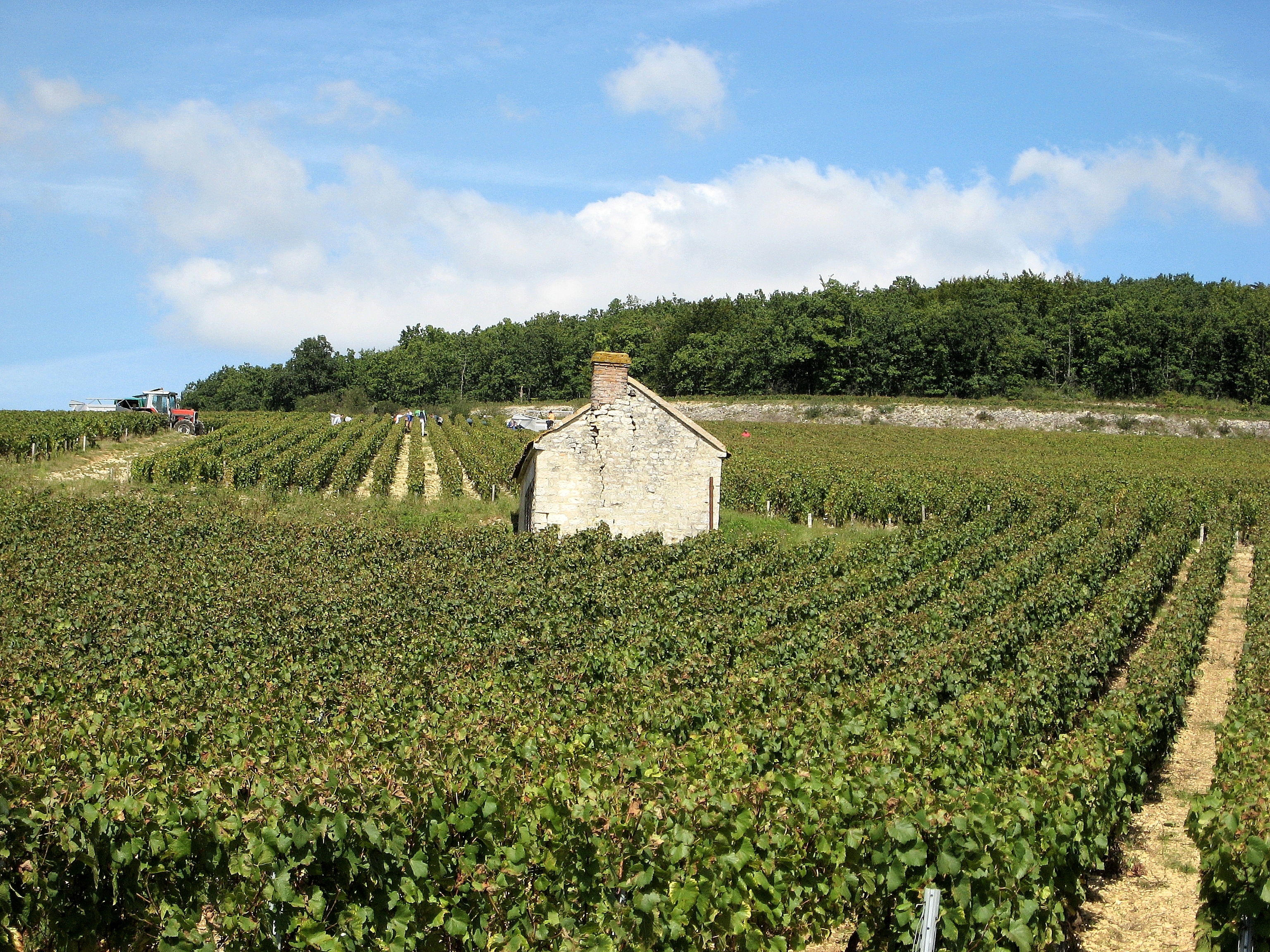|
Bernard De La Monnoye
Bernard de La Monnoye (15 June 1641, in Dijon – 15 October 1728) was a French people, French lawyer, poet, philology, philologue and critic, known chiefly for his Christmas carol, carol ''Noei borguignon'' (''Bourgogne, Borguignon Christmas''). Biography La Monnoye began his studies in Company of Jesus, Jesuit schools, and attracted attention for his epigrams in Latin and essays in French. By his father's wish, he went to study law at Orléans. There, during the harsh study of jurisprudence, he gave way to his literary tastes by gathering curiosities about the authors and books that he read. He began legal practice at the Parlement de Dijon in 1662; but had little inclination for that profession, and, using his health as an excuse, left the bar and devoted himself entirely to the literary arts. In the following years La Monnoye divided his time between reading books and frequenting the intellectual circles of Dijon, where he made his debut in poetry. In 1671 he won a contest ... [...More Info...] [...Related Items...] OR: [Wikipedia] [Google] [Baidu] |
Bernard De La Monnoye - Versailles MV 2957
Bernard ('' Bernhard'') is a French and West Germanic masculine given name. It has West Germanic origin and is also a surname. The name is attested from at least the 9th century. West Germanic ''Bernhard'' is composed from the two elements ''bern'' "bear" and ''hard'' "brave, hardy". Its native Old English cognate was ''Beornheard'', which was replaced or merged with the French form ''Bernard'' that was brought to England after the Norman Conquest. The name ''Bernhard'' was notably popular among Old Frisian speakers. Its wider use was popularized due to Saint Bernhard of Clairvaux (canonized in 1174). In Ireland, the name was an anglicized form of Brian. Geographical distribution Bernard is the second most common surname in France. As of 2014, 42.2% of all known bearers of the surname ''Bernard'' were residents of France (frequency 1:392), 12.5% of the United States (1:7,203), 7.0% of Haiti (1:382), 6.6% of Tanzania (1:1,961), 4.8% of Canada (1:1,896), 3.6% of Nigeria (1:12,22 ... [...More Info...] [...Related Items...] OR: [Wikipedia] [Google] [Baidu] |
Court Of Finances
Under the French monarchy, the Courts of Accounts (in French ''Chambres des comptes'', ) were sovereign courts specialising in financial affairs. The Court of Accounts in Paris was the oldest and the forerunner of today's French Court of Audit. They oversaw public spending, handled finances, protected crown estates, audited the accounts of crown officials, and adjudicated any related matters of law. Court in Paris Early history To oversee the Kingdom's revenues and expenditure, the French King first relied solely on his King's Court or ''Curia Regis'', court officials who assisted him in governing. However, by the mid-12th century, the Crown entrusted its finances to the Knights Templar, who maintained a banking establishment in Paris. The royal Treasury was henceforth organized like a bank and salaries and revenues were transferred between accounts. Royal accounting officers in the field, who sent revenues to the Temple, were audited by the King's Court, which had special ... [...More Info...] [...Related Items...] OR: [Wikipedia] [Google] [Baidu] |
University Of Paris
The University of Paris (), known Metonymy, metonymically as the Sorbonne (), was the leading university in Paris, France, from 1150 to 1970, except for 1793–1806 during the French Revolution. Emerging around 1150 as a corporation associated with the cathedral school of Paris, it was considered the List of medieval universities, second-oldest university in Europe.Charles Homer Haskins: ''The Rise of Universities'', Henry Holt and Company, 1923, p. 292. Officially chartered in 1200 by Philip II of France, King Philip II and recognised in 1215 by Pope Innocent III, it was nicknamed after its theological College of Sorbonne, founded by Robert de Sorbon and chartered by King Louis IX around 1257. Highly reputed internationally for its academic performance in the humanities ever since the Middle Ages – particularly in theology and philosophy – it introduced academic standards and traditions that have endured and spread, such as Doctor (title), doctoral degrees and student nations. ... [...More Info...] [...Related Items...] OR: [Wikipedia] [Google] [Baidu] |
Bible
The Bible is a collection of religious texts that are central to Christianity and Judaism, and esteemed in other Abrahamic religions such as Islam. The Bible is an anthology (a compilation of texts of a variety of forms) originally written in Hebrew, Aramaic, and Koine Greek. The texts include instructions, stories, poetry, prophecies, and other genres. The collection of materials accepted as part of the Bible by a particular religious tradition or community is called a biblical canon. Believers generally consider it to be a product of divine inspiration, but the way they understand what that means and interpret the text varies. The religious texts were compiled by different religious communities into various official collections. The earliest contained the first five books of the Bible, called the Torah in Hebrew and the Pentateuch (meaning 'five books') in Greek. The second-oldest part was a collection of narrative histories and prophecies (the Nevi'im). The third co ... [...More Info...] [...Related Items...] OR: [Wikipedia] [Google] [Baidu] |
Patapan
"Patapan" (or "Pat-a-pan") is a French Christmas carol in Burgundian dialect, later adapted into English. It was written by Bernard de la Monnoye (1641–1728) and first published in ''Noël bourguignons'' in 1720. Its original title is "Guillô, pran ton tamborin" ("Willie, Bring Your Little Drum" or "Willie, Take Your Little Drum"). The carol revolves around the birth of Jesus Jesus (AD 30 or 33), also referred to as Jesus Christ, Jesus of Nazareth, and many Names and titles of Jesus in the New Testament, other names and titles, was a 1st-century Jewish preacher and religious leader. He is the Jesus in Chris ..., and is told from the perspective of shepherds playing simple instruments—flutes and drums—the onomatopoeic sound of which gives the song its name; "patapan" mimics the sound of the drum, "tu-re-lu-re-lu" the flute. It inspired the 1941 carol " The Little Drummer Boy" with its chorus of "pa-rum-pa-pum-pum". __TOC__ Lyrics Burgundian Guillô, pran ton ... [...More Info...] [...Related Items...] OR: [Wikipedia] [Google] [Baidu] |
Patois
''Patois'' (, same or ) is speech or language that is considered nonstandard, although the term is not formally defined in linguistics. As such, ''patois'' can refer to pidgins, creoles, dialects or vernaculars, but not commonly to jargon or slang, which are vocabulary-based forms of cant. In colloquial usage of the term, especially in France, class distinctions are implied by the very meaning of the term, since in French, ''patois'' refers to any sociolect associated with uneducated rural classes, in contrast with the dominant prestige language ( Standard French) spoken by the middle and high classes of cities or as used in literature and formal settings (the " acrolect"). Sociolinguistics is the discipline that studies the relationship between these language varieties, how they relate to the dominant culture and, in the case of France, to national language policy. Etymology The term ''patois'' comes from Old French (originally meaning ), possibly from the verb , from ... [...More Info...] [...Related Items...] OR: [Wikipedia] [Google] [Baidu] |
Pseudonym
A pseudonym (; ) or alias () is a fictitious name that a person assumes for a particular purpose, which differs from their original or true meaning ( orthonym). This also differs from a new name that entirely or legally replaces an individual's own. Many pseudonym holders use them because they wish to remain anonymous and maintain privacy, though this may be difficult to achieve as a result of legal issues. Scope Pseudonyms include stage names, user names, ring names, pen names, aliases, superhero or villain identities and code names, gamertags, and regnal names of emperors, popes, and other monarchs. In some cases, it may also include nicknames. Historically, they have sometimes taken the form of anagrams, Graecisms, and Latinisations. Pseudonyms should not be confused with new names that replace old ones and become the individual's full-time name. Pseudonyms are "part-time" names, used only in certain contexts: to provide a more clear-cut separation between one's privat ... [...More Info...] [...Related Items...] OR: [Wikipedia] [Google] [Baidu] |
Cider
Cider ( ) is an alcoholic beverage made from the Fermented drink, fermented Apple juice, juice of apples. Cider is widely available in the United Kingdom (particularly in the West Country) and Ireland. The United Kingdom has the world's highest per capita consumption, as well as the largest cider-producing companies. Ciders from the South West of England are generally higher in alcoholic content. Cider is also popular in many Commonwealth of Nations, Commonwealth countries, such as India, South Africa, Canada, Australia, New Zealand, and New England. As well as the UK and its former colonies, cider is popular in Portugal (mainly in Entre-Douro-e-Minho Province, Minho and Madeira), France (particularly Normandy and Brittany), northern Italy (specifically Friuli), and northern Spain (specifically Asturias and Basque Country (greater region), Basque Country). Germany also has its own types of cider with Rhineland-Palatinate and Hesse producing a particularly tart version known as A ... [...More Info...] [...Related Items...] OR: [Wikipedia] [Google] [Baidu] |
Champagne Wine
Champagne (; ) is a sparkling wine originated and produced in the Champagne wine region of France under the rules of the appellation, which demand specific vineyard practices, sourcing of grapes exclusively from designated places within it, specific grape-pressing methods and secondary fermentation (wine), secondary fermentation of the wine in the bottle to cause carbonation. The grapes Pinot noir, Pinot meunier, and Chardonnay are used to produce almost all Champagne, but small amounts of Pinot blanc, Pinot gris (called Fromenteau in Champagne), Arbane, and Petit Meslier are vinified as well. Champagne became associated with royalty in the 17th, 18th, and 19th centuries. The leading manufacturers made efforts to associate their Champagnes with nobility and royal family, royalty through advertising and packaging, which led to its popularity among the emerging middle class. Origins Still wines from the Champagne region were known before Middle Ages, medieval times. The Anci ... [...More Info...] [...Related Items...] OR: [Wikipedia] [Google] [Baidu] |
Burgundy Wine
Burgundy wine ( or ') is made in the Burgundy region of eastern France, in the valleys and slopes west of the Saône, a tributary of the Rhône. The most famous wines produced here, and those commonly referred to as "Burgundies", are dry (wine), dry red wines made from pinot noir grapes and white wines made from chardonnay grapes. Red and white wines are also made from other grape varieties, such as gamay and aligoté, respectively. Small amounts of rosé and sparkling wines are also produced in the region. Chardonnay-dominated Chablis (wine), Chablis and gamay-dominated Beaujolais wine, Beaujolais are recognised as part of the Burgundy wine region, but wines from those subregions are usually referred to by their own names rather than as "Burgundy wines". Burgundy has a higher number of ' (AOCs) than any other French region, and is often seen as the most '-conscious of the French wine regions. The various Burgundy AOCs are classification of wine, classified from carefully deline ... [...More Info...] [...Related Items...] OR: [Wikipedia] [Google] [Baidu] |
Sonnet
A sonnet is a fixed poetic form with a structure traditionally consisting of fourteen lines adhering to a set Rhyme scheme, rhyming scheme. The term derives from the Italian word ''sonetto'' (, from the Latin word ''sonus'', ). Originating in 13th-century Sicily, the sonnet was in time taken up in many European-language areas, mainly to express romantic love at first, although eventually any subject was considered acceptable. Many formal variations were also introduced, including abandonment of the quatorzain limit – and even of rhyme altogether in modern times. Romance languages Sicilian Giacomo da Lentini is credited with the sonnet's invention at the Court of Frederick II, Holy Roman Emperor, Frederick II in the Sicilian city of Palermo. The Sicilian School of poets who surrounded Lentini then spread the form to the mainland. Those earliest sonnets no longer survive in the original Sicilian language, however, but only after being translated into Tuscan dialect. The form c ... [...More Info...] [...Related Items...] OR: [Wikipedia] [Google] [Baidu] |
Accademia Dei Ricovrati
The ''Accademia Galileiana'' ('Galilean academy') is a learned society in the city of Padua in Italy. The full name of the society is ('Galilean academy of science, letters and the arts in Padova'). It was founded as the in Padua in 1599, on the initiative of a Venetian nobleman, Federico Cornaro. The original members were professors in the University of Padua such as professor Georgios Kalafatis; one of its original members was Galileo Galilei. In 1779 the academy merged with the Accademia di Arte Agraria (founded in 1769) and became the Accademia di Scienze Lettere e Arti; in 1949 it became the Accademia Patavina di Scienze, Lettere ed Arti; its name was changed to Accademia Galileiana di Scienze, Lettere ed Arti in Padova in 1997, in honor of Galileo. The academy is lodged in the Carraresi Palace in Padua. The "Ricovrati" The name "ricovrati" literally means 'sheltered' and the academy took its name from a line from Boethius, "Bipatens animis asylum" (Latin, 'a sanctu ... [...More Info...] [...Related Items...] OR: [Wikipedia] [Google] [Baidu] |








